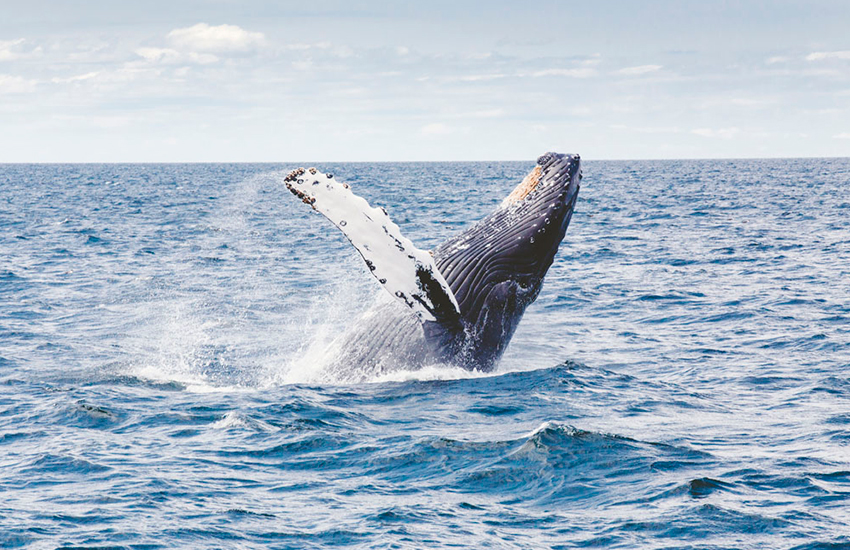When it comes to mystery and wonder, the depths of Earth’s oceans are often compared to space.
More than 80 per cent of the vast, underwater realm beneath us remains unmapped, unobserved and unexplored, according to the United States National Ocean Service.
But British scientists have added the latest titbit to our knowledge with the accidental discovery of a strange creature deep beneath Antarctica’s ice shelves.
The discovery of life highlights the extreme resilience of such lifeforms. Source: BAS
While setting out to conduct an exploratory survey on the Filchner-Ronne Ice Shelf, situated on the South Eastern Weddell Sea, a team of polar scientists with the British Antarctic Survey happened to examine a boulder on the sea floor which, to their shock, was hosting life.
The team used a GoPro camera attached to the end of a long instrument which they lowered down a hole drilled through the ice shelf to reach the ocean floor. When they watched the footage they were stunned to see sponge-like animals and potentially several previously unknown species attached to a boulder.
“Under complete darkness and with temperatures of -2.2 degrees, very few animals have ever been observed in these conditions,” scientists said.
The discovery came 260 kilometres from the first glimpse of daylight that is, the nearest edge of the shelf where the ice ends and the open ocean begins.
Researchers were stunned to find a boulder at that depth, let alone the mysterious life on top of it. Source: BAS
The researchers found a number of sponge-like creatures that filter feed their food from the water column. Source: BAS
Biogeographer Dr Huw Griffiths, of the British Antarctic Survey, said the discovery meant scientists can reimagine the possibilities of such lifeforms in hard-to-reach places, where there is ostensibly little access to food.
This discovery is one of those fortunate accidents that pushes ideas in a different direction, and shows us that Antarctic marine life is incredibly special and amazingly adapted to a frozen world, he said in a statement.
The researchers have no idea what species the creatures they spotted are, or how they are surviving down there.
Our discovery raises so many more questions than it answers,” Dr Griffiths said.
“Such as how did they get there? What are they eating? How long have they been there? How common are these boulders covered in life? Are these the same species as we see outside the ice shelf or are they new species? And what would happen to these communities if the ice shelf collapsed?
Many months after the initial work, the findings were published this week in the journal, Frontiers in Marine Science.
“New observations from two boreholes in the Filchner-Ronne Ice Shelf challenge the idea that sessile organisms reduce in prevalence the further under the ice you go,” the paper asserts.
“The discovery of an established community consisting of only sessile, probably filter feeding, organisms (sponges and other taxa) on a boulder 260km from the ice front raises significant questions, especially when the local currents suggest that this community is somewhere between 625km and 1500km in the direction of water flow from the nearest region of photosynthesis.”
The team of researchers said the scientific community would have to come up with new and innovative ways to study these lifeforms but noted that with worsening climate change and the potential collapse of these ice shelves, time was of the essence.
Recent Posts
- The Solar System is positively lousy with magnetic fields. They drape around (most of) the planets and their moons, which interact with the system-wide magnetic field swirling out from the Sun.
- Pregnant people cannot register for a Covid-19 vaccine prior to 14 weeks’ gestation.
- Mikel Arteta was not consulted over Arsenal’s decision to appear Amazon’s All or Nothing documentary this season
- Singapore should embrace openness and equip the people with the experience and skills to succeed, said Mr Heng.. Read more at straitstimes.com.
- Down on an atomic level, glass is a jumbled mess of atoms, which makes it easily prone to distortion and cracking. Now, chemists have discovered how to arrange the atoms within glass in such a way, the resulting material can even rival the strength o

